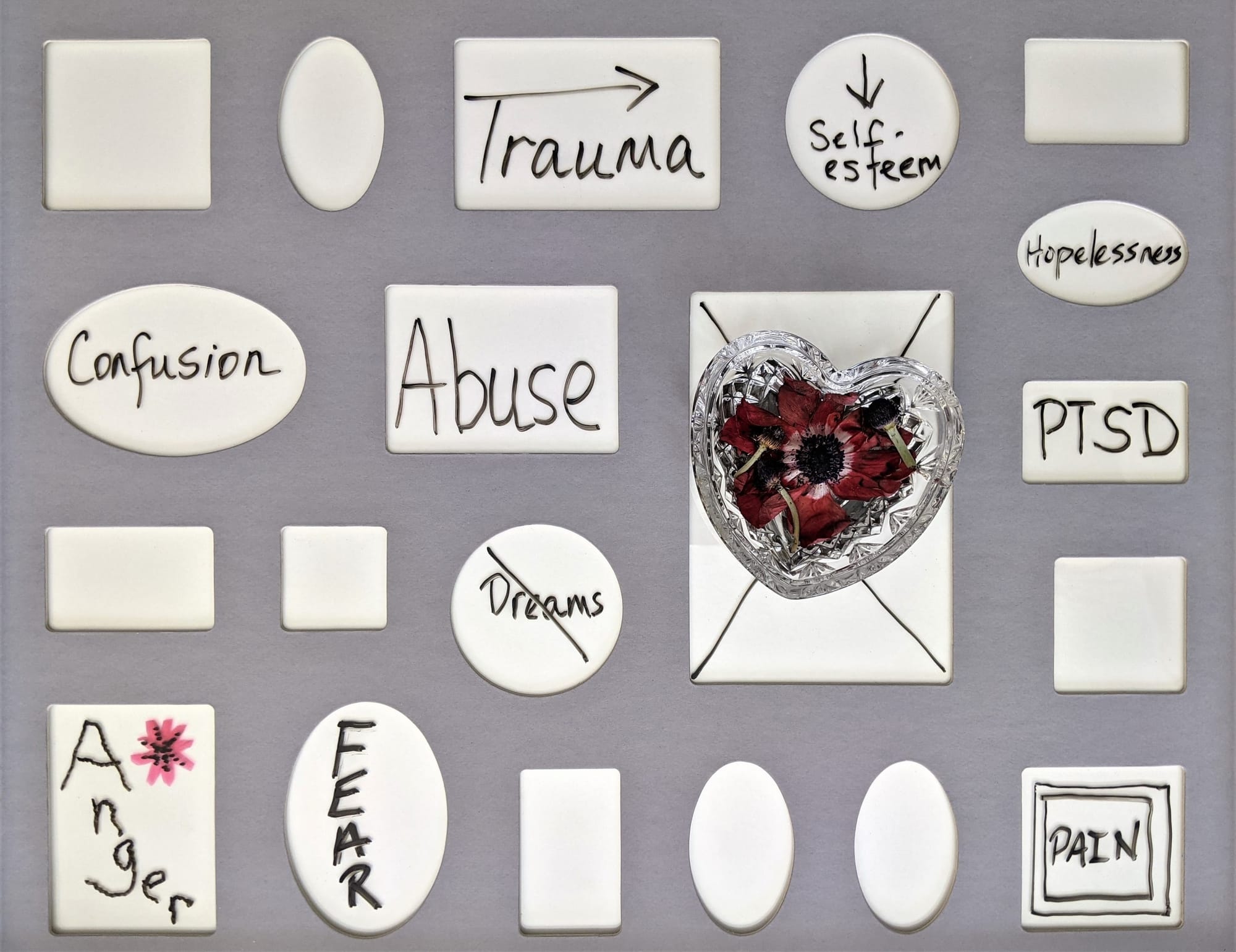Cartographier les voies : traumatismes, maux de tête et migraines

Introduction
Le lien entre le traumatisme, qu'il soit physique ou émotionnel, et l'apparition de céphalées et de migraines suscite un intérêt considérable au sein des communautés scientifiques et médicales. Cet article vise à élucider les mécanismes par lesquels le traumatisme influence l'apparition et la gravité des céphalées et des migraines, en s'appuyant sur les dernières recherches. En comprenant ces mécanismes, la communauté médicale peut améliorer les options thérapeutiques pour les personnes concernées.
Méthodologie
Afin d'explorer le lien entre traumatisme et développement de céphalées et de migraines, une revue exhaustive de la littérature récente a été réalisée. Elle s'est concentrée sur les études publiées au cours de la dernière décennie, qui ont examiné les mécanismes physiologiques et psychologiques reliant traumatisme et céphalées et migraines. Les résultats de recherches quantitatives et qualitatives ont été inclus, avec un accent particulier sur les études utilisant la neuroimagerie et des tests psychométriques. Cette approche multidisciplinaire a permis d'obtenir une vision globale du sujet.
Résultats
Les études examinées mettent en évidence plusieurs conclusions clés :
- Modifications neurologiques : Un traumatisme, surtout chronique, peut entraîner des altérations des structures cérébrales associées à la régulation de la douleur, comme le thalamus et le cortex. Cela peut sensibiliser les individus à la douleur, augmentant ainsi la fréquence et l’intensité des maux de tête et des migraines.
- Impact psychologique : Un traumatisme psychologique peut exacerber la perception de la douleur et contribuer de manière significative à la transformation d'une migraine épisodique en migraine chronique. Le stress associé à un traumatisme peut également déclencher la libération de certaines hormones qui affectent la sensibilité à la douleur et l'inflammation.
- Facteurs génétiques : Des données suggèrent que la génétique pourrait jouer un rôle dans la vulnérabilité d’un individu au développement de céphalées chroniques ou de migraines après un traumatisme. Des variantes génétiques spécifiques liées à la régulation de la douleur et du stress ont été associées à une sensibilité accrue aux céphalées post-traumatiques.
- Fluctuations hormonales : Des recherches indiquent un lien entre les déséquilibres hormonaux provoqués par des traumatismes physiques et émotionnels et l’apparition de migraines, en particulier chez les femmes. Il a été démontré que les variations du taux d’œstrogènes, par exemple, influencent la fréquence et l’intensité des migraines.
Discussion
Les résultats des études examinées dressent un tableau complexe de l'interaction entre traumatisme et céphalées/migraines. Il est clair que les traumatismes, tant physiques que psychologiques, peuvent entraîner des modifications importantes de la structure et du fonctionnement du cerveau, affectant la perception et la régulation de la douleur. De plus, l'impact d'un traumatisme est non seulement immédiat, mais peut également entraîner une prédisposition à long terme aux céphalées et aux migraines, soulignant l'importance d'une intervention précoce.
Le rôle des hormones du stress et des facteurs génétiques dans la médiation du lien entre traumatisme et céphalées/migraines suggère des cibles thérapeutiques potentielles. Les traitements visant à atténuer les réactions au stress ou à corriger les déséquilibres hormonaux pourraient s'avérer efficaces pour réduire la fréquence et la gravité des céphalées chez les personnes traumatisées.
Les recherches futures devraient viser à mieux cerner les liens entre traumatisme et céphalées et migraines. Plus précisément, des études longitudinales suivant des individus ava